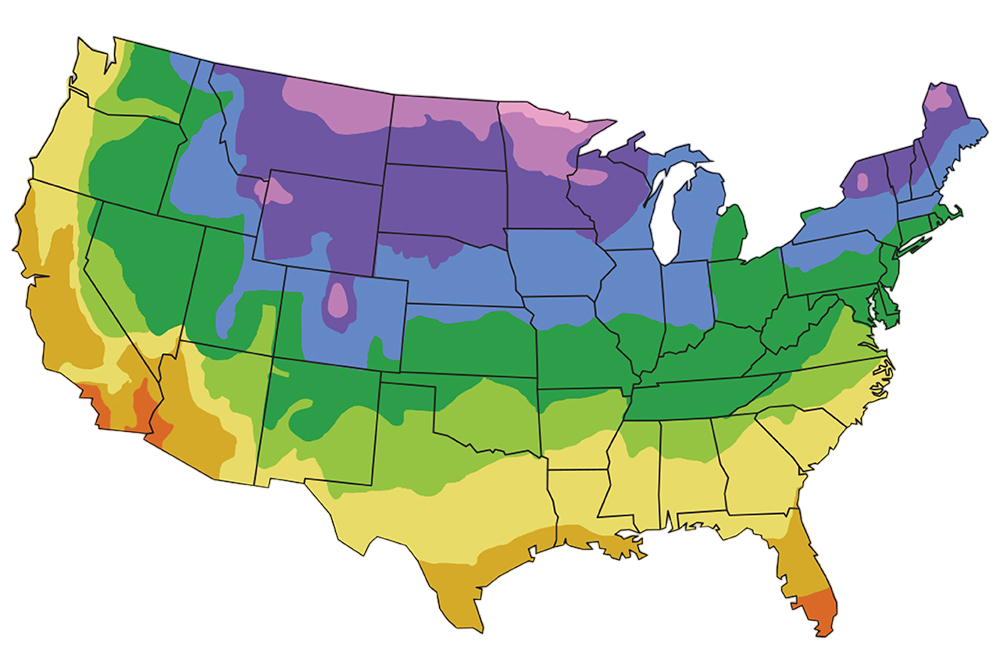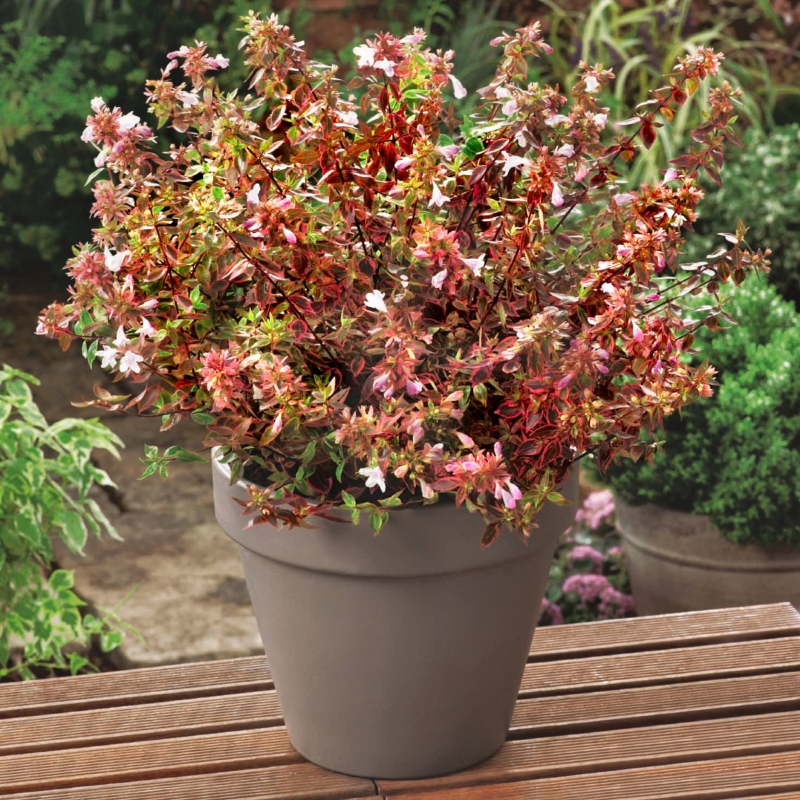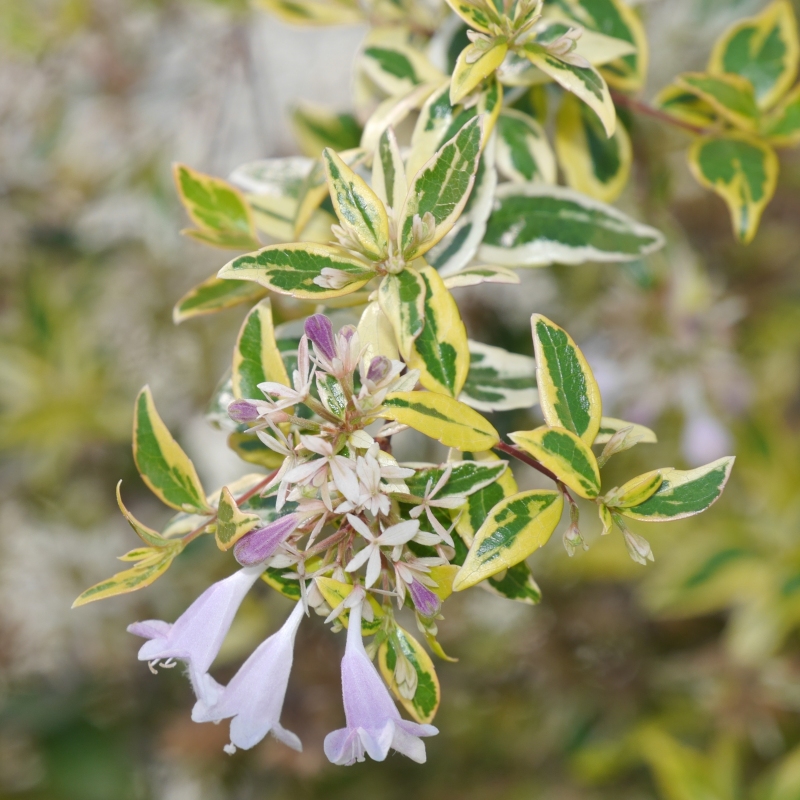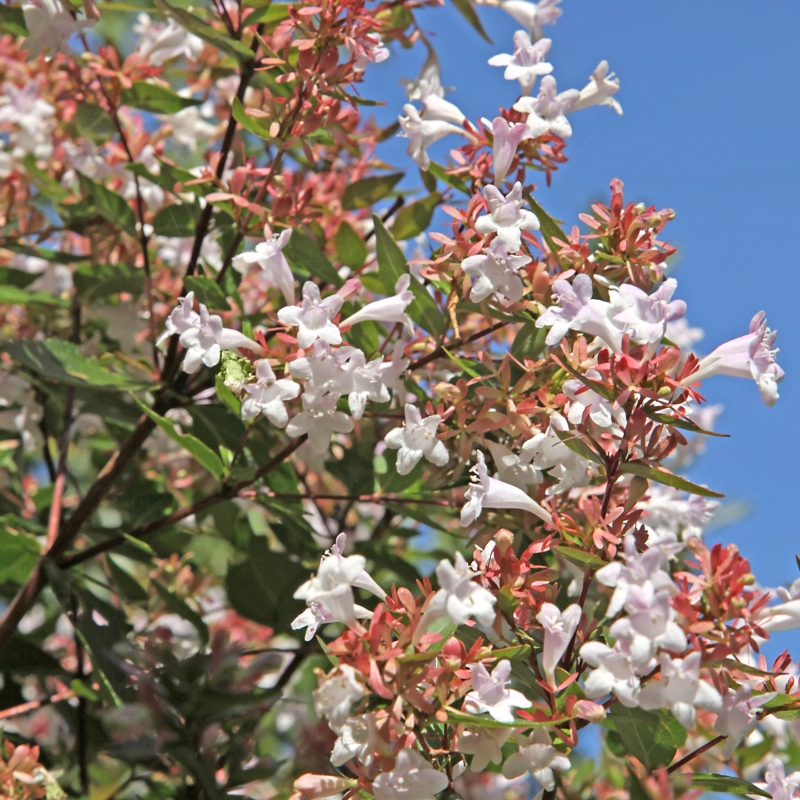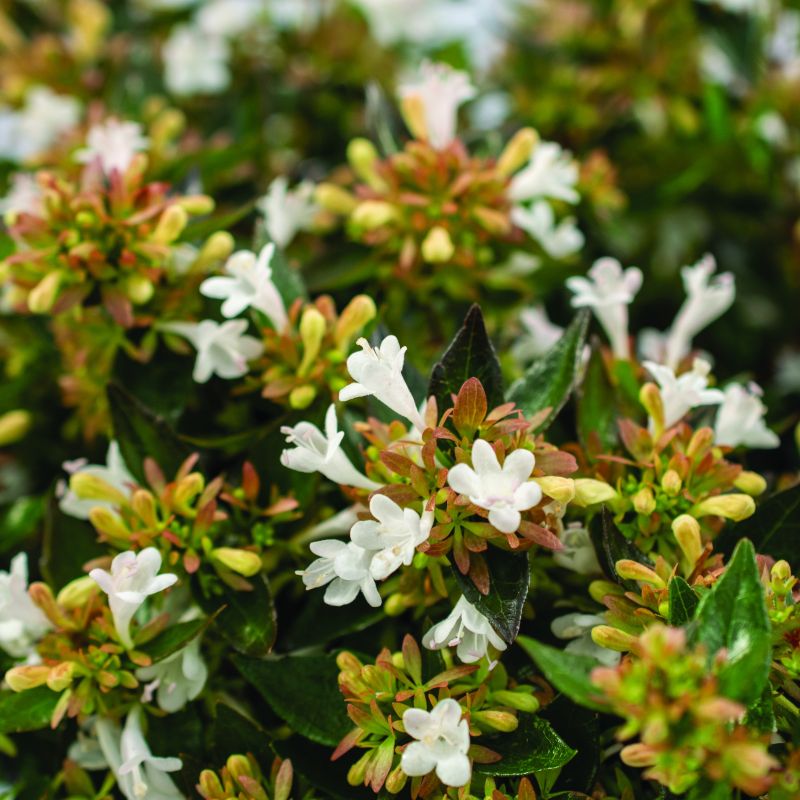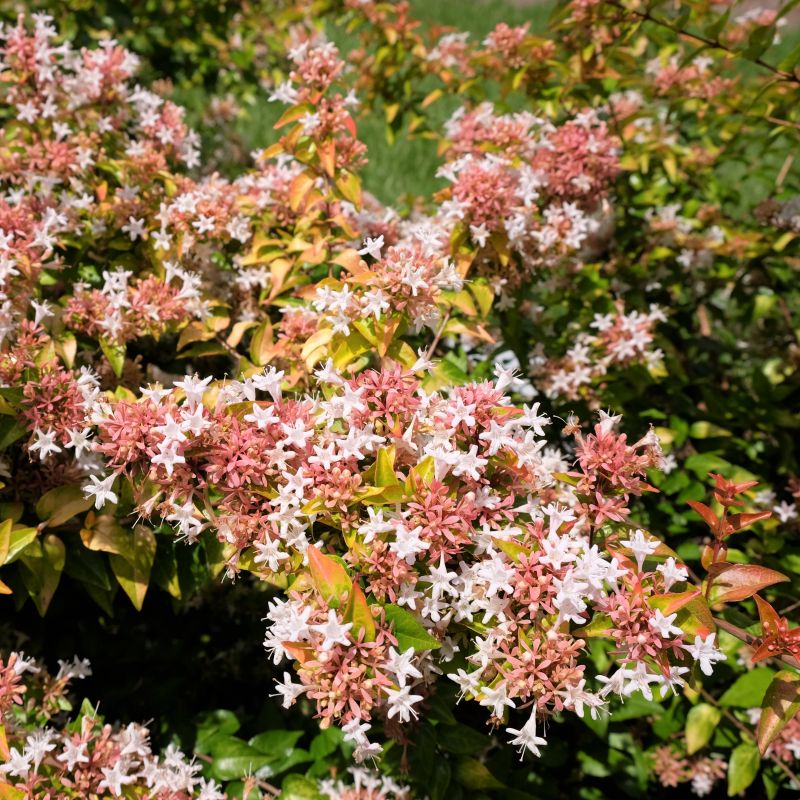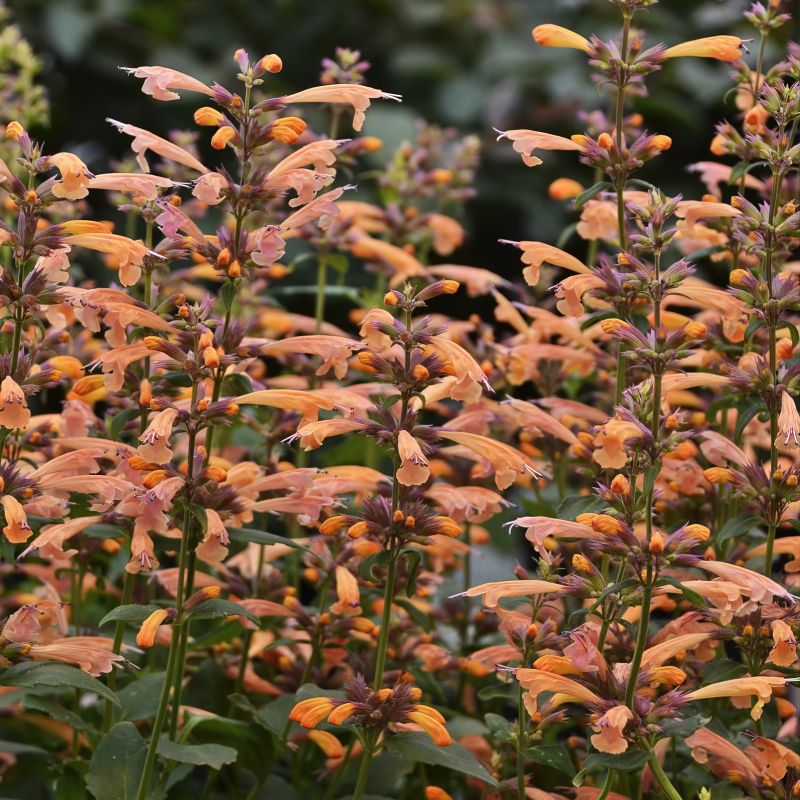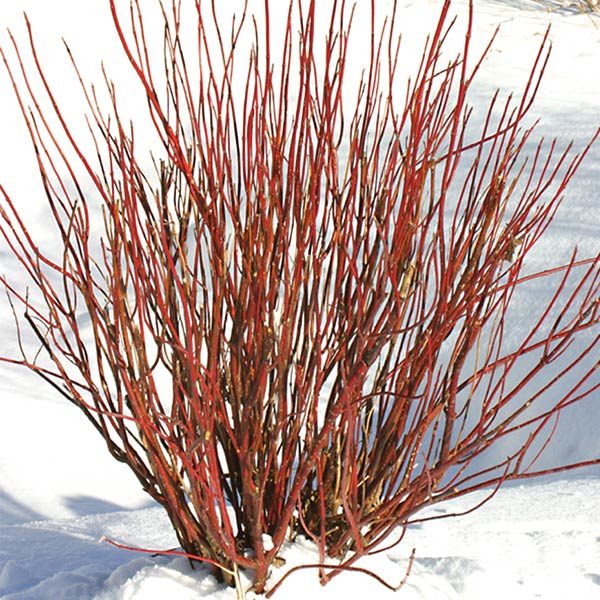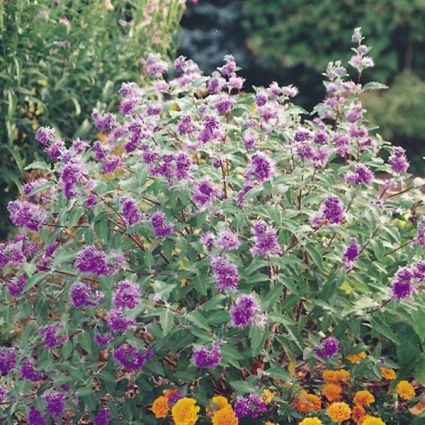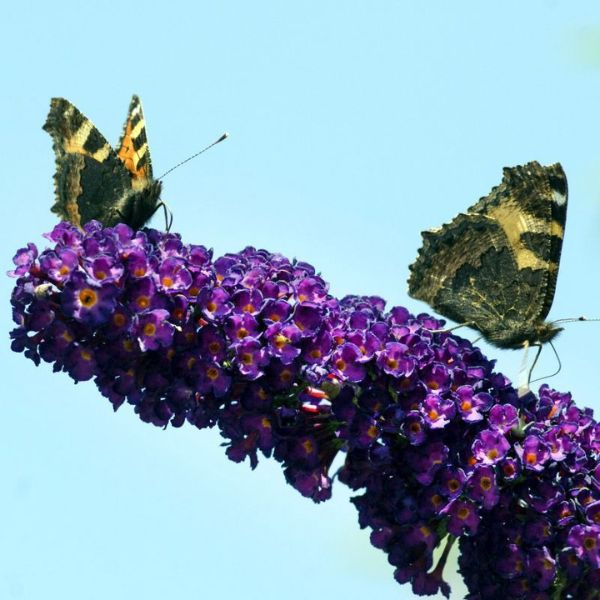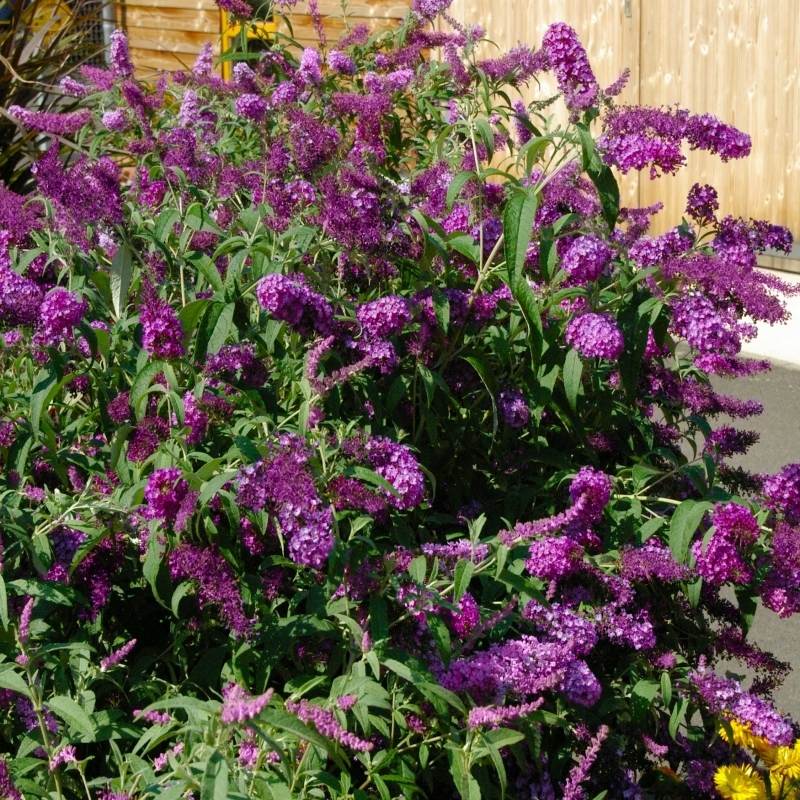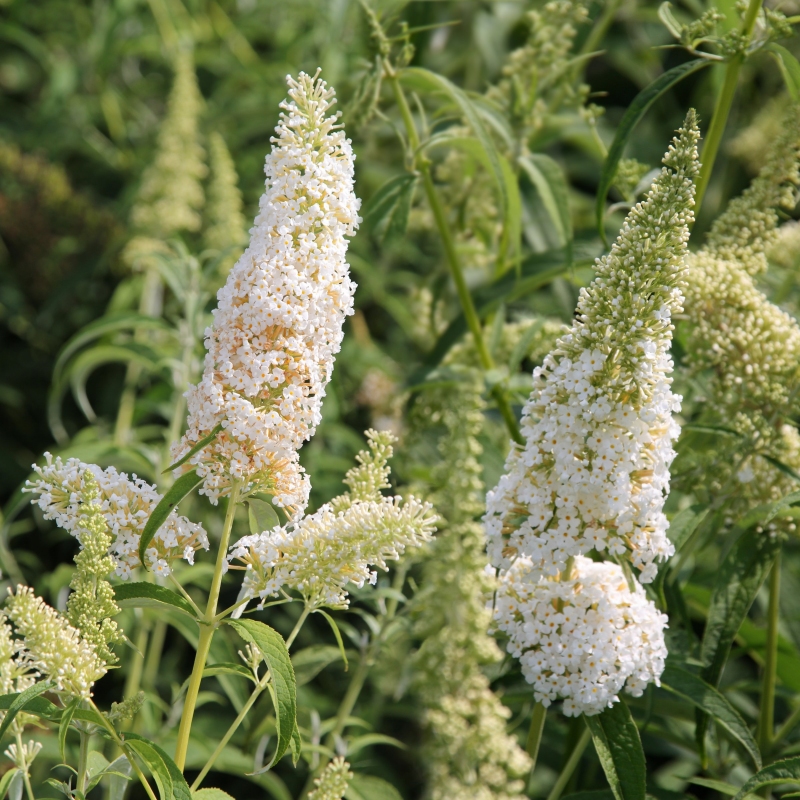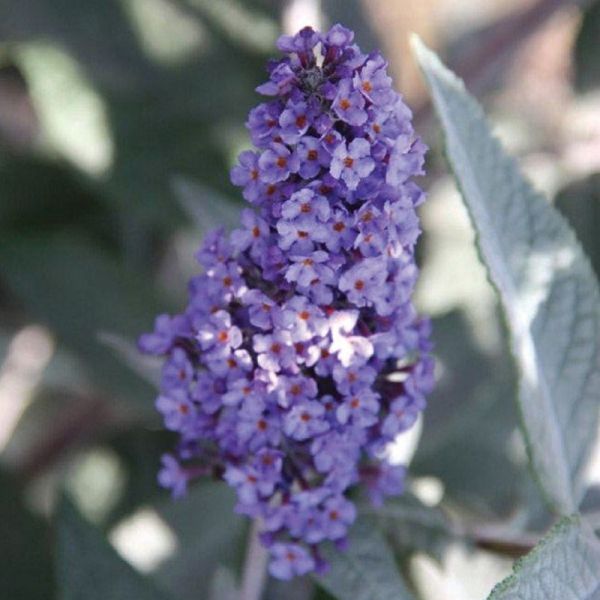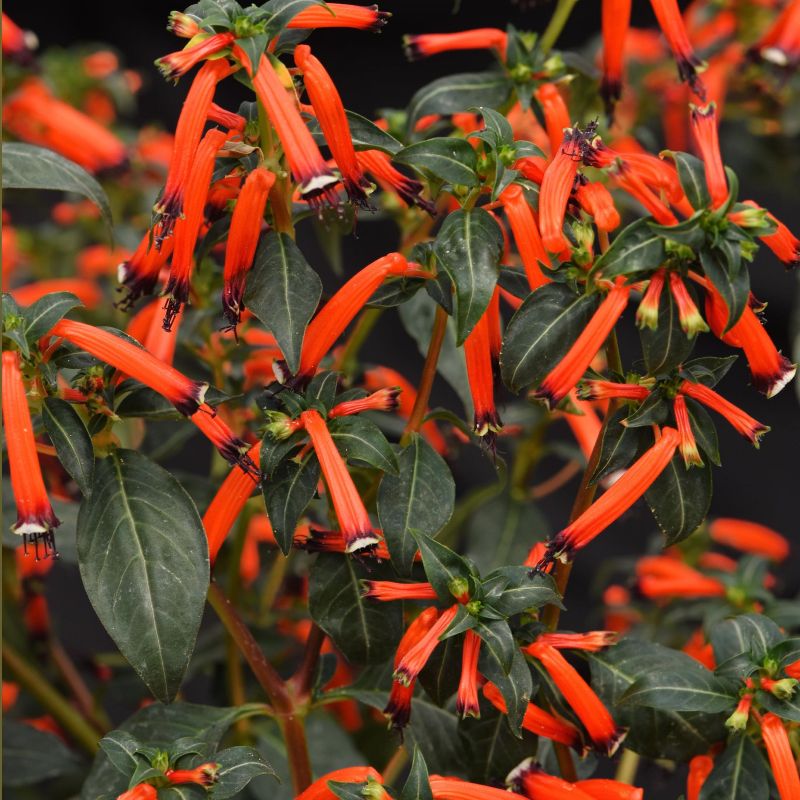
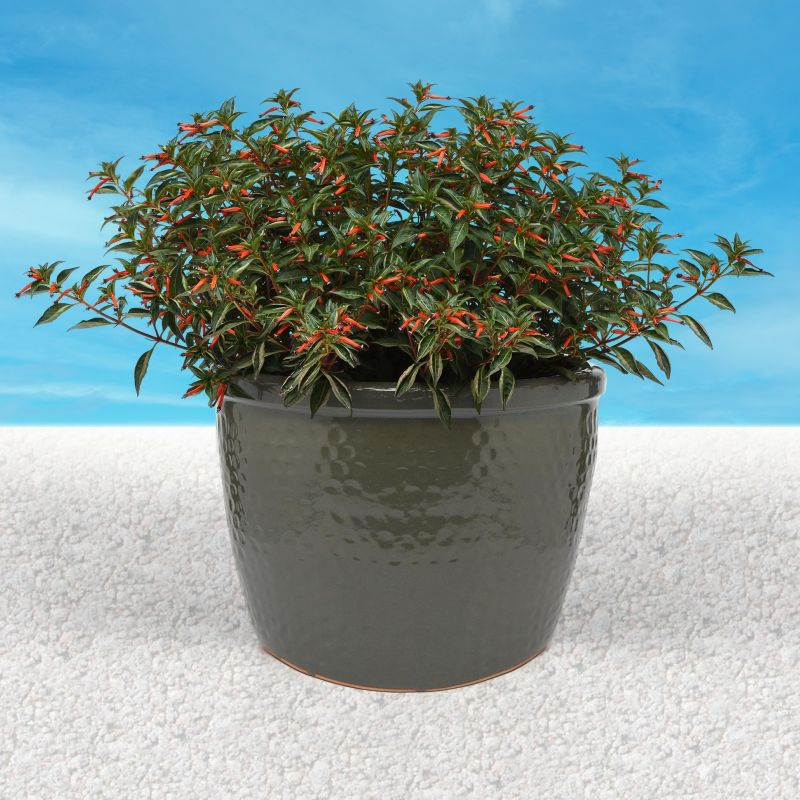
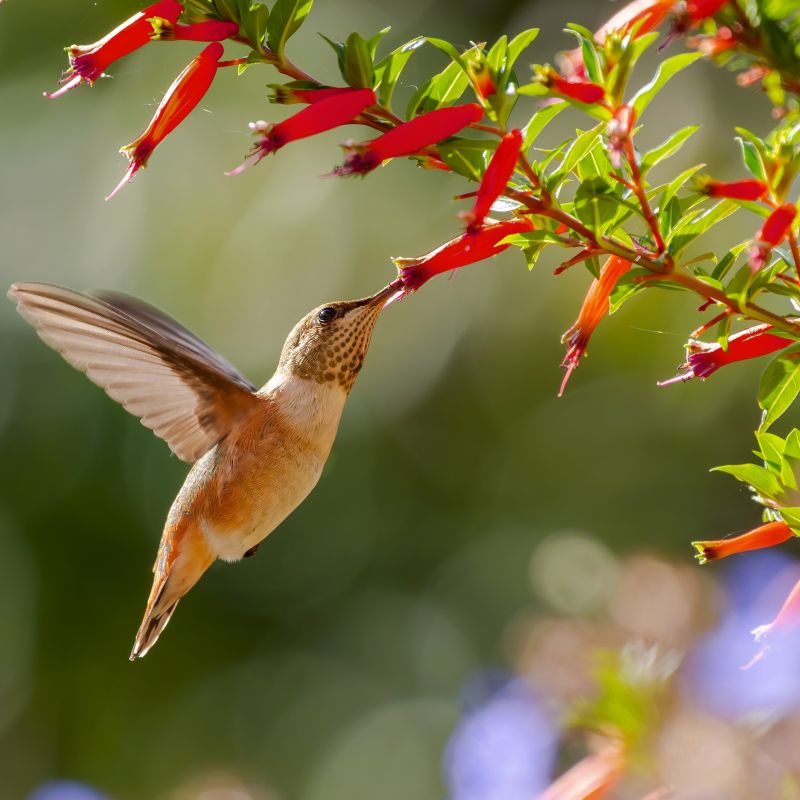
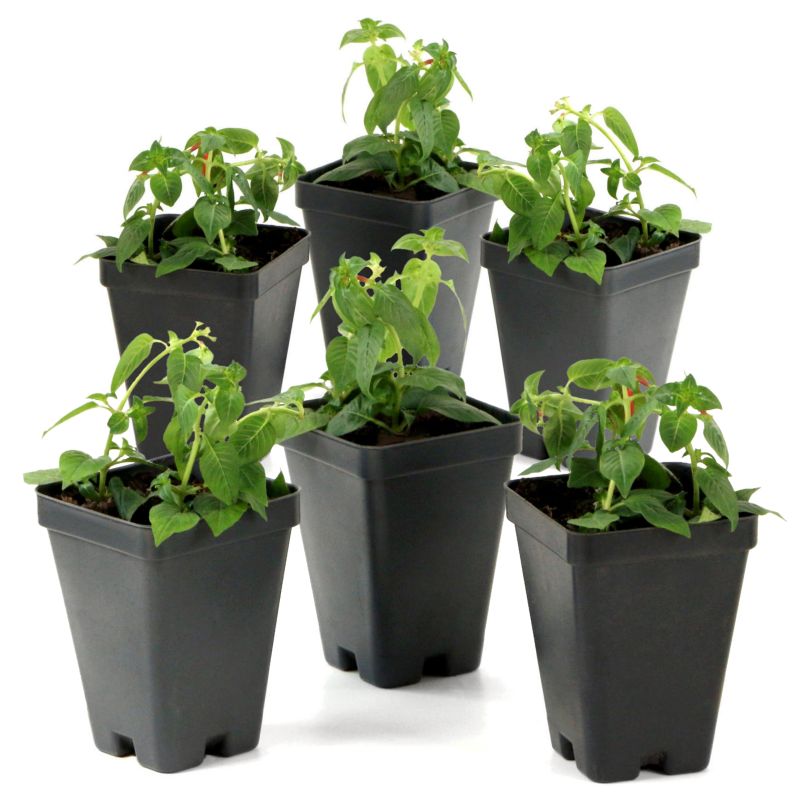
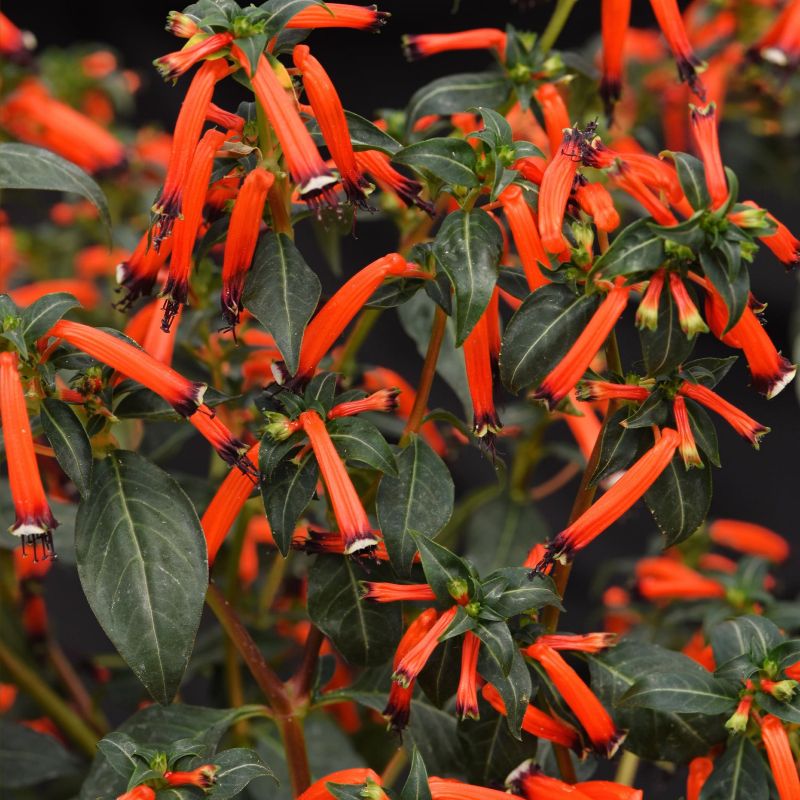
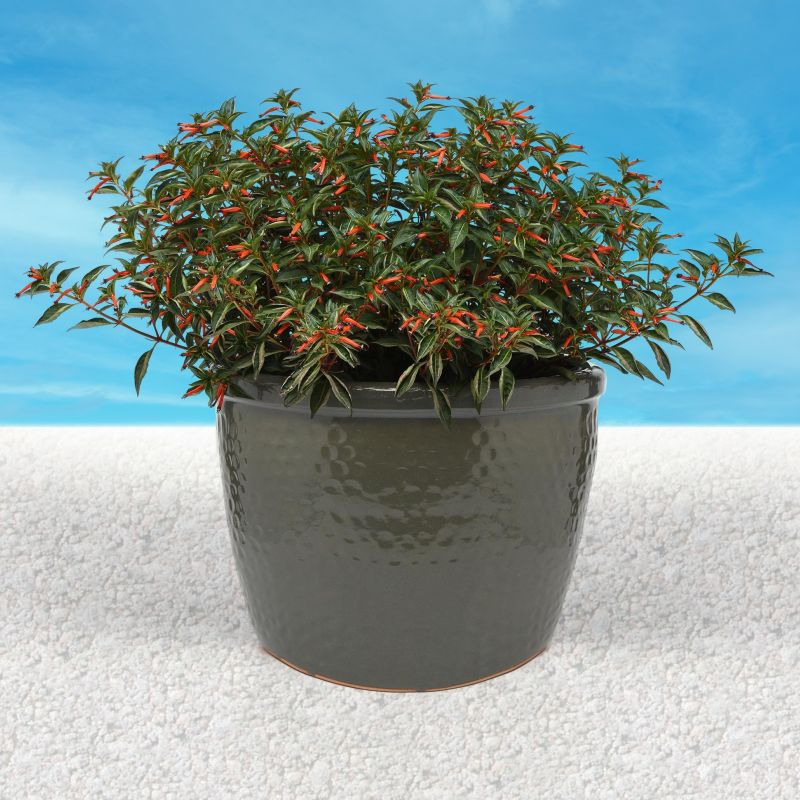

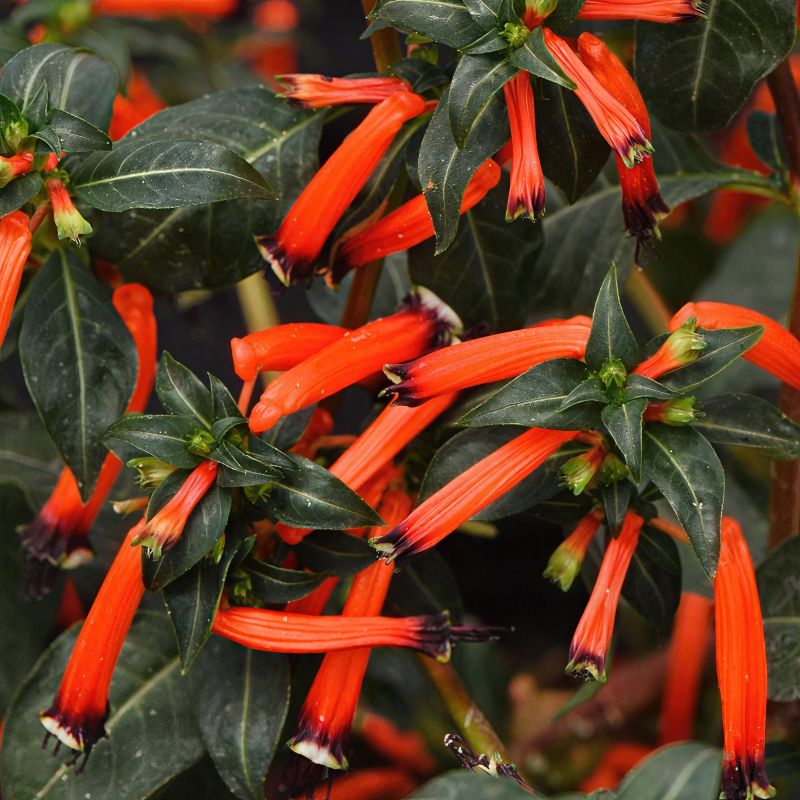
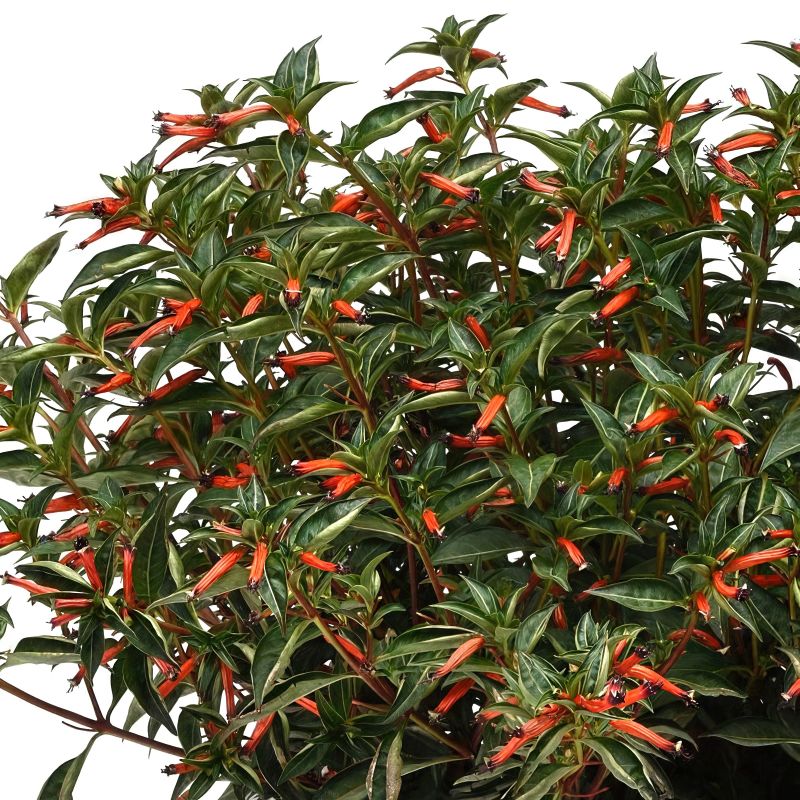
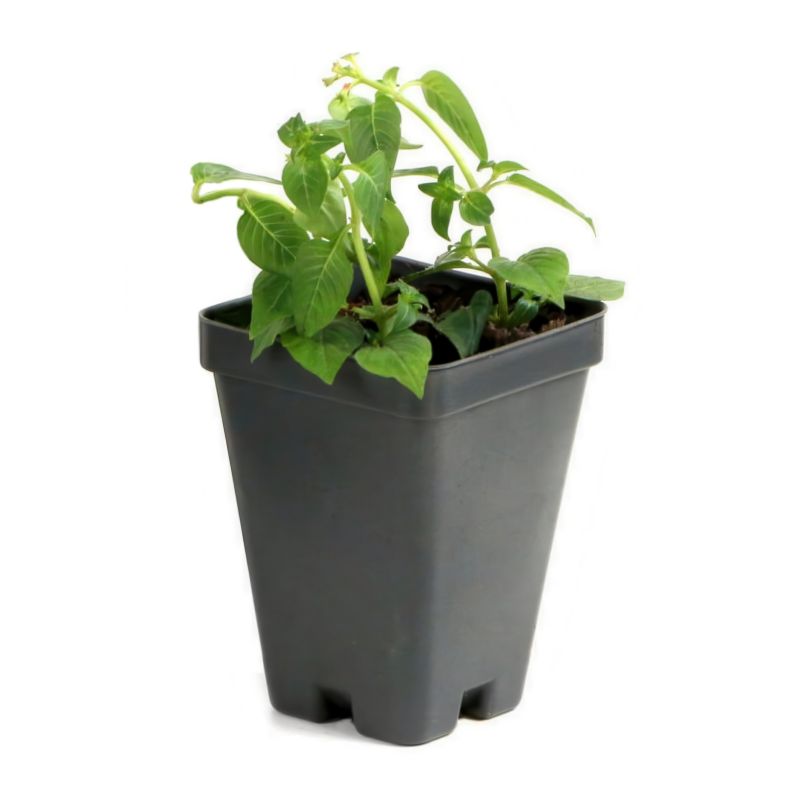
Cuphea ‘cherrybells’
Cuphea hybrida Cherrybells
13 reviews
Cuphea ‘cherrybells’
Cuphea hybrida Cherrybells
13 reviews
- Attracts pollinators such as butterflies and hummingbirds
- Tolerant of heat and drought conditions
- Produces vibrant red and purple bell-shaped flowers
- Recommended by landscape designers for optimal fit in real yards
$38.00
$55.00
30% Off
- Ships to 43215 in 3 to 7 days
- Free Shipping Over $150
- Plant Arrival Guarantee
- In Stock
- Free Plant Consult
$200 - Landscape-Approved: Every Plant We Sell Comes With Design Expertise Behind It
- 2 1/2"
- 2 1/2", 3 Pack
Not just beautiful - intentionally selected by ShrubHub's 3D landscape design team to fit real-world spaces and maximize yard potential.
Why Cuphea ‘cherrybells’?
Cuphea 'Cherrybells' is a charming, low-maintenance plant that features stunning tubular red flowers resembling tiny cherries. This compact, bushy perennial is perfect for containers, hanging baskets, or as a colorful border plant. 'Cherrybells' blooms profusely throughout the summer, attracting hummingbirds and butterflies to the garden. With its vibrant colors and easy care requirements, this Cuphea hybrid is a must-have for any garden.
People who loved this plant also bought
Sunlight
Cuphea 'cherrybells' thrives in full sun to partial shade conditions. It requires at least 6-8 hours of sunlight per day to bloom and grow well. Providing adequate sunlight will encourage prolific flowering and promote overall plant health.
Watering
Cuphea 'cherrybells' prefers consistently moist, well-drained soil. Water regularly, allowing the soil to dry out slightly between waterings. Avoid overwatering as this can lead to root rot. Increase watering during hot, dry periods and reduce water during
Fertilizing
Cuphea 'cherrybells' requires a well-balanced fertilizer with a higher concentration of potassium and phosphorus and a lower concentration of nitrogen. A slow-release fertilizer applied every 6-8 weeks during the growing season will help promote healthy gr
Plant Information:
| Botanical Name: | Cuphea hybrida Cherrybells |
| USDA Zones: | 8 - 11 |
| Mature Height: | 1-3 FT |
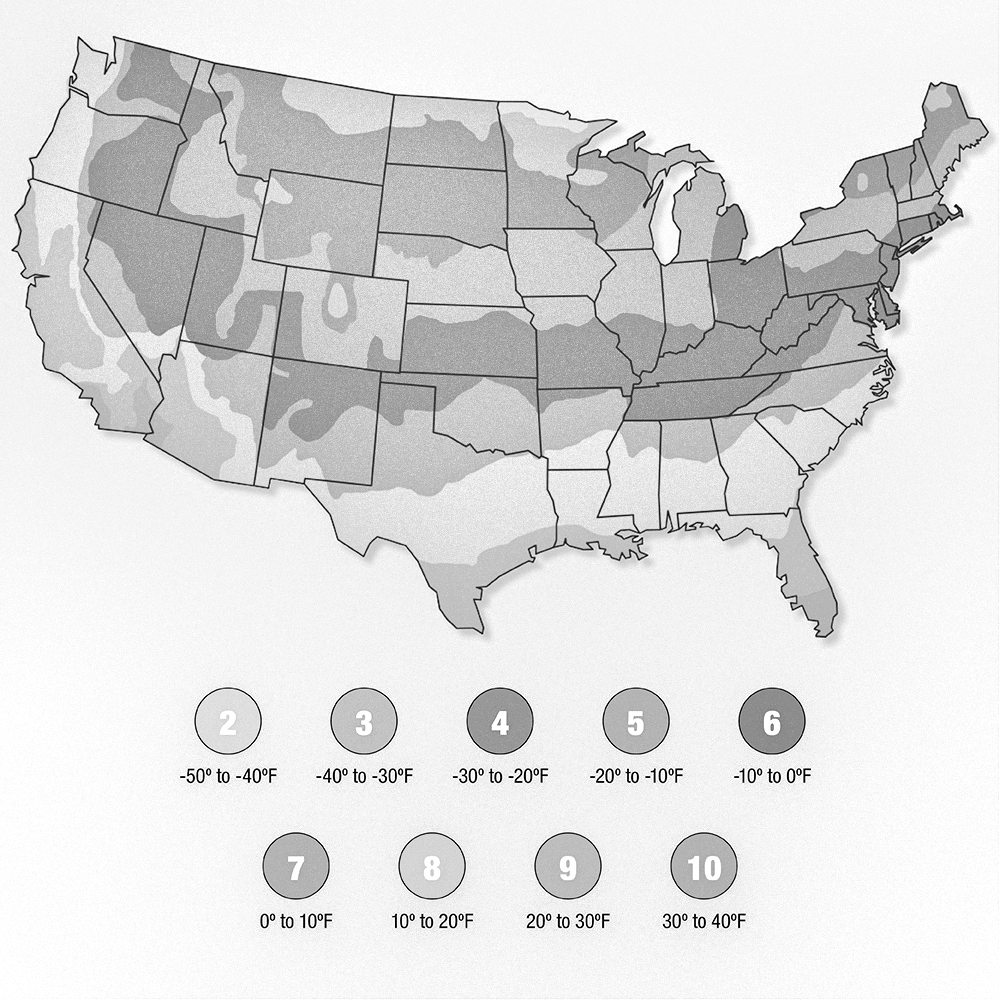
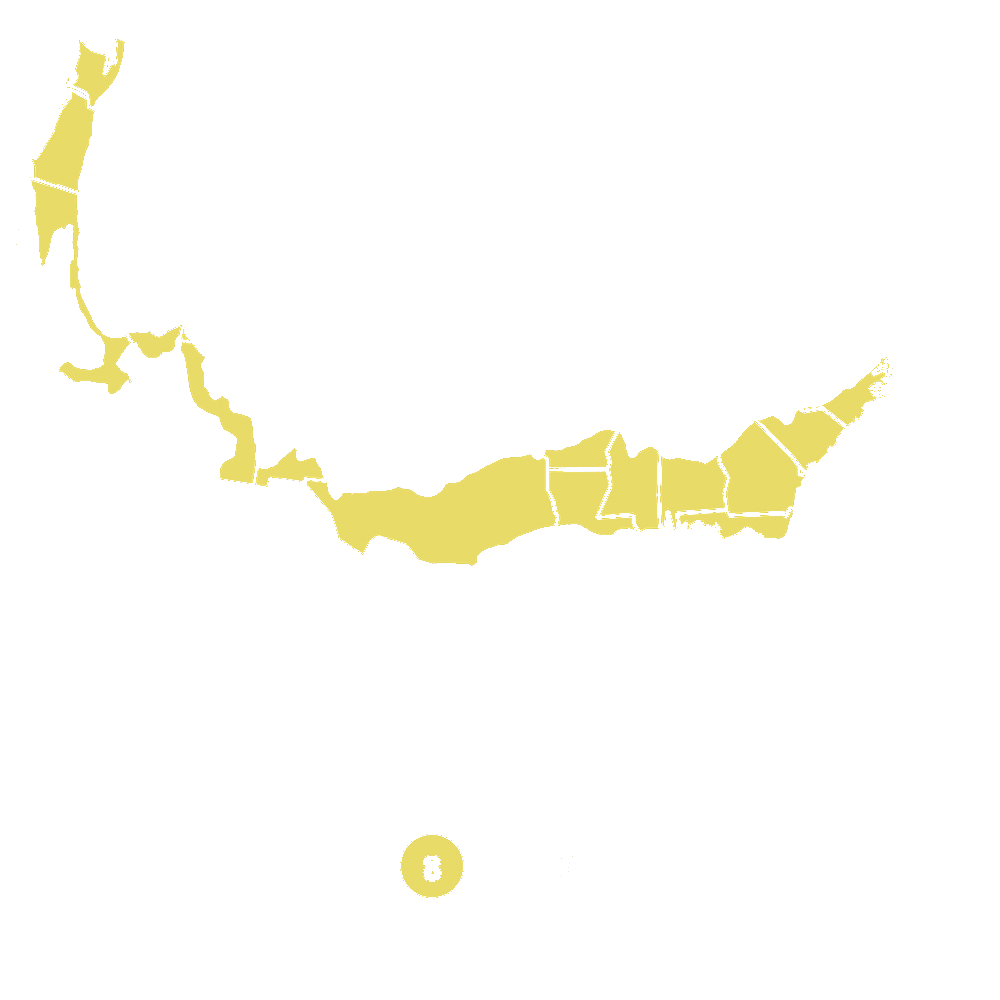


Pollination Info
Pollination Information for Cuphea 'cherrybells' (Cuphea hybrida Cherrybells)
Cuphea 'cherrybells', also known as Cuphea hybrida Cherrybells, is a flowering plant that attracts pollinators such as bees and butterflies. The plant produces small, bell-shaped flowers that are rich in nectar, making them highly attractive to pollinators.
When pollinators visit the flowers of the Cuphea 'cherrybells' plant, they help transfer pollen between flowers, facilitating the process of pollination. This is essential for the plant's reproductive success, as it allows for the production of seeds and the continuation of the species.
By planting Cuphea 'cherrybells' in your garden, you can help support local pollinators and contribute to the overall health of the ecosystem. Be sure to provide a sunny location and well-drained soil for optimal growth and flower production.
FAQ
Cuphea 'Cherrybells' FAQ
1. What is Cuphea 'Cherrybells'?
Cuphea 'Cherrybells' is a hybrid plant variety that produces bright red, bell-shaped flowers. It is a popular choice for gardens and landscaping due to its striking appearance and long blooming period.
2. How do I care for Cuphea 'Cherrybells'?
Provide Cuphea 'Cherrybells' with well-drained soil and plenty of sunlight. Water regularly, especially during hot, dry periods. Prune the plant after blooming to promote new growth.
3. Can Cuphea 'Cherrybells' survive in cold climates?
Cuphea 'Cherrybells' is a tender perennial that is typically grown as an annual in cooler climates. It can be overwintered indoors or in a greenhouse in colder regions.
4. How often should I fertilize Cuphea 'Cherrybells'?
Feed Cuphea 'Cherrybells' with a balanced fertilizer once a month during the growing season. Avoid over-fertilizing, as this can lead to excessive foliage growth at the expense of flowers.
5. Are there any pests or diseases that affect Cuphea 'Cherrybells'?
Cuphea 'Cherrybells' is relatively pest and disease-resistant. However, it may be susceptible to aphids, spider mites, and root rot if grown in overly wet conditions. Monitor the plant regularly for signs of pests or disease.
6. Can I propagate Cuphea 'Cherrybells' from cuttings?
Yes, Cuphea 'Cherrybells' can be easily propagated from softwood or semi-hardwood cuttings taken in spring or early summer. Dip the cut ends in rooting hormone and place in a well-draining soil mix to encourage rooting.
Planting & Care
Planting & Care for Cuphea ‘cherrybells’
Planting: Cuphea ‘cherrybells’ should be planted in well-draining soil with full sun to partial shade. Make sure to space the plants about 12-18 inches apart to allow for proper growth.
Watering: Water the plants regularly, especially during dry periods. It’s best to water at the base of the plant to avoid getting the foliage wet, which can lead to disease.
Fertilizing: Fertilize Cuphea ‘cherrybells’ with a balanced fertilizer once a month during the growing season to promote healthy growth and flowering.
Pruning: Prune the plants as needed to maintain their shape and size. Remove any dead or damaged growth to encourage new growth and flowering.
Pests & Diseases: Keep an eye out for pests such as aphids or spider mites, and treat as needed with insecticidal soap. Watch for signs of disease, such as powdery mildew, and treat accordingly.
Overwintering: Cuphea ‘cherrybells’ are not cold hardy, so it’s best to bring them indoors for the winter if you live in a cold climate. Place them in a sunny window and water sparingly.
Propagation: Cuphea ‘cherrybells’ can be propagated by taking stem cuttings in the spring. Simply cut a 4-6 inch piece of stem with at least one leaf node, remove the lower leaves, and plant in moist soil. Keep the cutting moist until roots develop.
By following these planting and care instructions, you can enjoy beautiful Cuphea ‘cherrybells’ in your garden or containers.
Check Out These Verified Customer Reviews:
Customer Reviews
4.7 out of 5 based on 13 reviews
Thank you! Your review has been submitted.
The Cuphea 'cherrybells' I received was exactly as pictured, with vibrant red blooms. The plant arrived in perfect condition and has adapted well to my garden.
Highly recommend this plant! It arrived in excellent condition and has brought so much color to my yard.
Beautiful addition to my garden
Item has been added to your cart.

